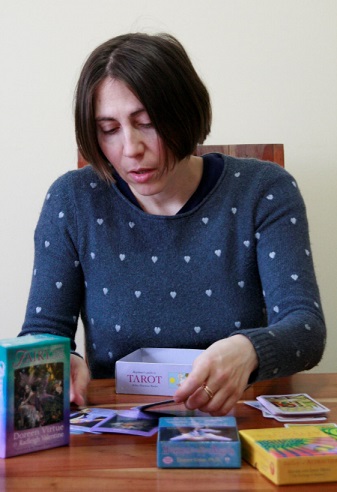Dr. Gil Dekel.
1. Break the Rules:
Learn the rules, and then break them. Invent new rules. But remember to first learn the existing rules, and only then to break them.
2. Listen:
You have two ears and only one mouth, so listen twice than speaking. Listen, look, and absorb.
3. Negative Space:
Respect the Negative Space. It is a powerful visual element, and it saves on ink…
4. Subtract:
Do not design by thinking what to ‘add’ to your work, but rather what to ‘subtract’ from it; what to take out, so the work is left with only the necessary elements. It is very easy to ‘throw in stuff’ – anyone can do it. On the other hand, it is a skill to ‘take out’ unnecessary elements, and leave only the minimal required information. That is the art of a good designer.
5. Ingredients (line, shape, colour):
Get to know the basic ingredients of all images – which are lines, shapes, and colours – because they are the only real elements in design. They ‘live’ on the screen and on the paper, and they represent themselves. For example, a drawing of a line represents the line. But if you draw a tree, then the lines in the drawing represent a tree. The lines do not represent themselves anymore, rather they represent something else (the tree). Many people will look at a tree drawing and will only ‘see’ a tree. You want to see both the tree and its ingredients (line, shapes, colours).
6. Time management:
Design is not just about creativity, but about time management. Submit your files and work on time.
7. Quality:
Start your work with good image quality (300ppi). Although a lot of design is online, in future, you may need to print your images or want to zoom in.
8. Feedback:
Show drafts of your work to people without explaining it. Just put your work in the hands of a colleague, and ask them: ‘what do you see here’. Do not explain the design; do not say: ‘can you see the small red triangle at the top?’… Just show the work, and wait for feedback. Learn how people see, because we all see differently – and make corrections following feedback.
9. Visual terms:
Many people do not pay attention to the different shapes of different fonts, and do not appreciate such things as leading, tracking, or kerning. Learn the basic visual terms, the visual language, as well as the process of producing design – so to be able to talk about it if needed.
10. Grand Designer:
Meet the Grand Designer (GD). GD is the designer of this planet. Look at his work around you and how he created the plants, the trees, animals… There is a lot inspiration you can draw from nature, and then bring in into your own design work.
* Dr. Gil Dekel teaches on the award-winning ‘Design Thinking’ programme for the Open University. He earned his PhD in Art, Design & Media, and has years’ experience in graphic design practice.
© Gil Dekel. 7 April 2014.


 - Reading with Natalie, book here...
- Reading with Natalie, book here...